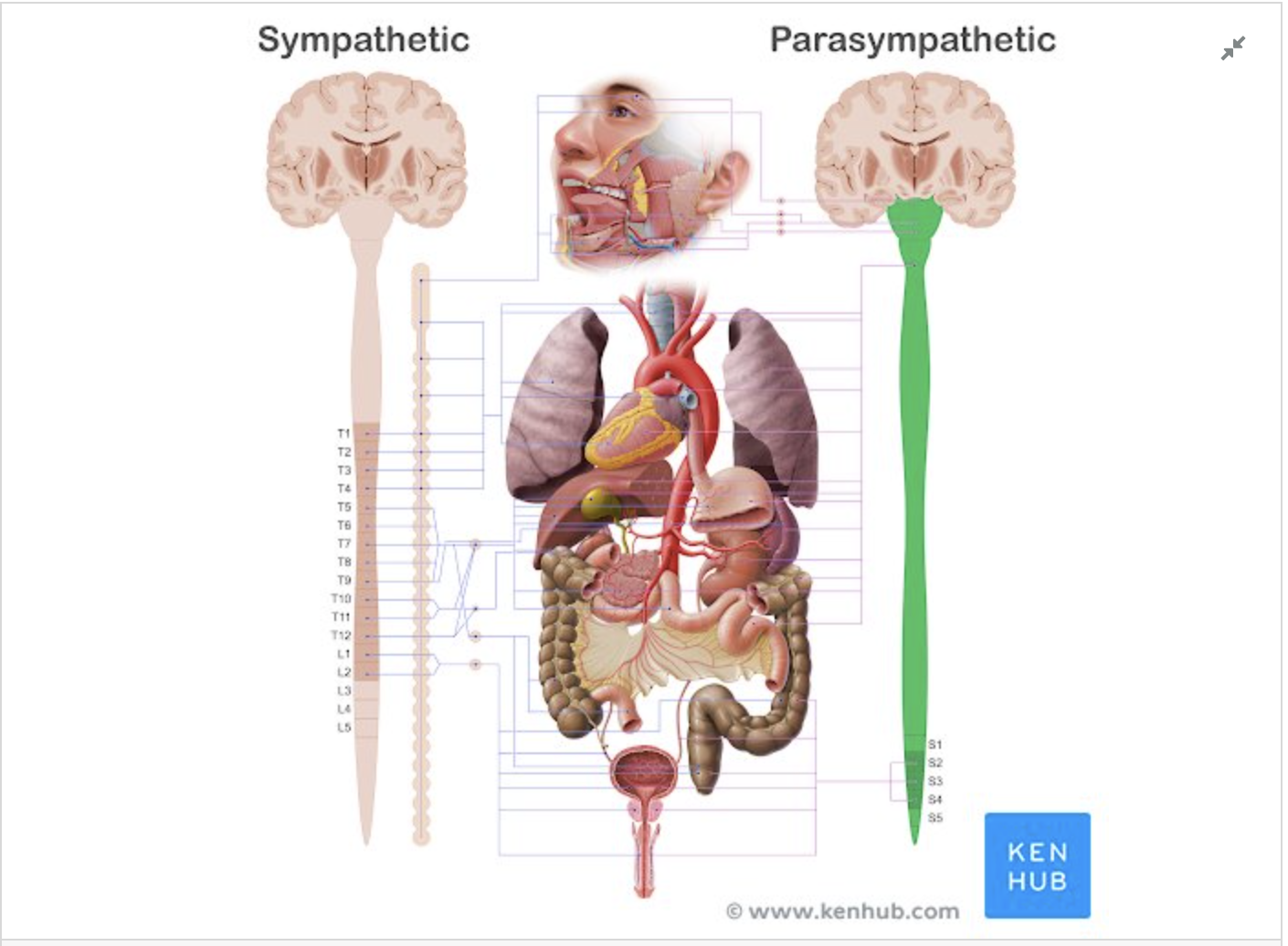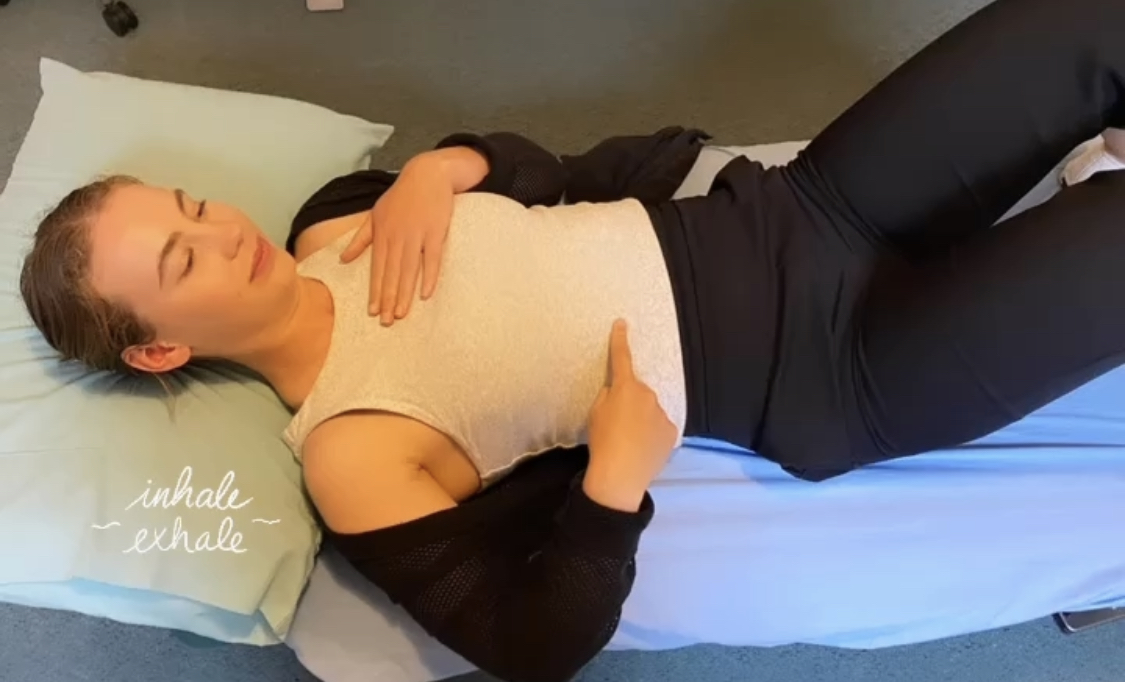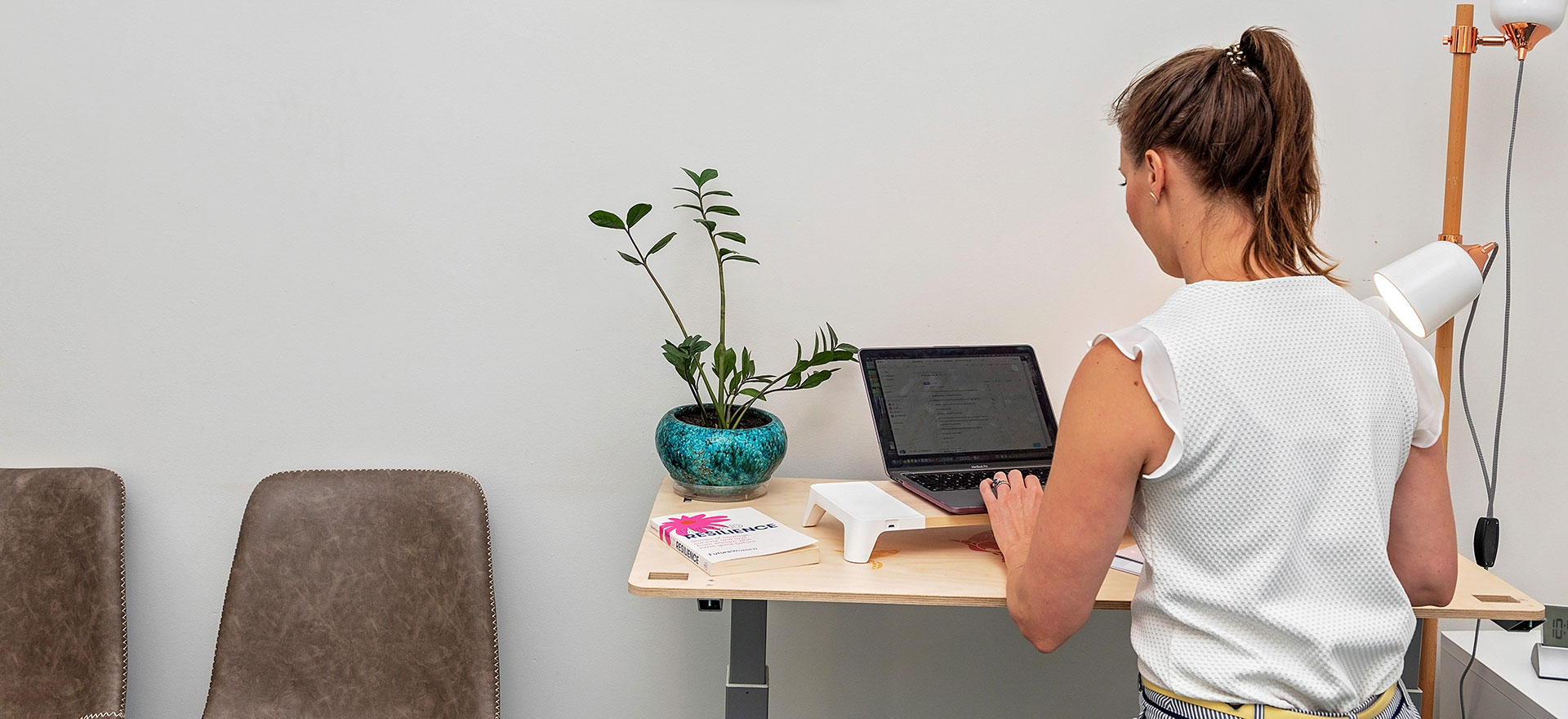What is the Autonomic Nervous System? How can you work with it?
Written By Our Resilient Health Osteopath Dr Mel Pierlot, with contribution from Dr Casey Beaumont (Osteopath)
The Autonomic Nervous System is responsible for the moment-to-moment modification of practically all functions of the body! refers to a group of nerves in our body that control all our automatic and involuntary bodily functions (e.g. digestion, heart rate, our glands and breathing). It is divided into two parts: the sympathetic and parasympathetic nervous system, which work co-operatively or complement each other's function. We need both parts to ensure our system is modulated correctly!

Sympathetic nervous system:
The sympathetic nervous system controls our ‘fight or flight’ response. It responds FAST! It prepares our body to respond to a threat or stress by increasing our heart rate and blood pressure, pumping more glucose into our blood stream, and tensing up our muscles. This system has a close monitoring relationship with all of our organs, general body tissue also known as somatic tissues (e.g. blood vessels, glands, bone, muscle, connective tissue, central nervous system, periperal nerves, and lymphatic vessels)! So, it is easy to see how a state of chronic stress can lead to diabetes, heart disease and chronic muscle tension!
Parasympathetic nervous system:
Conversely, the parasympathetic nervous system is responsible for our ‘rest and digest’. It is a SLOWer responder. The parasympathetic nervous system slows down our heart rate, stimulates digestion, activates immune systems, and decreases inflammation in the body. It is reponsible for producing a specific response in our visceral organs, glands and smooth muscles ONLY.
The VAGUS NERVE is the biggest contributor to our parasympathetic nervous system; the other outflow areas are cranial (from your skull) and sacral (the triangle bone at the base of your spine). VAGAL TONE refers to the activity of our vagus nerve: the better tone you have the better you are at relaxing and controlling your stress response. Interestingly, people with low vagal tone experience more pain and disease than people with a high vagal tone!
Under NORMAL curcumstances, their effects are of short duration. Their adaptations influence the structure and function of the body. Dysfunction occurs when their is either persistence past the point of usefulness, inappropriate activation, a reflex-loop (i.e. stuck "ON") pattern, or any combination of these.
BUT, "WHAT DOES THIS MEAN?" YOU MIGHT BE ASKING.
WELL...
With poorer work life balances, less exercises, constant access to news, COVID-19 and climate change, it’s no wonder most of us sit in the ‘ON’ sympathetic nervous system state! Life will always throw stressors at us; we just need to be able to settle our response quickly and appropriately.
What is the Sympathetic influence on healing?
An imbalance in your autonomic nervouse system, when your body is "stuck" in a cycle of "fight or flight" long-term often means that you will be expermiencing incrased sympathetic innervation to the tissues we mentioned above. This can cause:
- Tissue healing and repair take longer
- A reduction in available circulation to tissues, also affecting their potential for healing
- Decreased growth
- Under optimum immune system function
- increased activity associated with atherosclerosis of arteries
It generally has a detrimental effect on the body as a whole.. which makes sense; these systems are NOT working as a team, and we need them to! Remember, your SNS does alll of this!!!!
Why do people seek Osteopathic treatment for these issues?
Hypersympathetic activity over a prolongued period can adversely affect the body's ability to maintain a state of health. So you may be feleing discomfort, "not quite right", tenderness... and a bit more of those things listed above.
This is where we come in. Osteopaths have a broad skillset and train at University for 5 years - we learn ALL about these systems and how they can impact on your body.
We can help to remind you, advise and educate you on how best to be aware of your Autonomic Nervous System's tone!
TO START, RIGHT NOW, AT HOME, WHY NOT TRY THIS:
How to settle your nervous system:
We are very fortunate to have some control over our vagus nerve and the parasympathetic nervous system. Try activating your vagus nerve and parasympathetic nervous system by:
- Deep breathing! Our vagus nerve is stimulated in the expiration phase of breathing. Take a deep breath in for 4 seconds, hold for 4 seconds, and breathe out for 6. Repeat 10 times
- Cold water therapy: splashing yourself with cold water, having cold showers or a dip in the ocean will trigger your vagus nerve to slow down your heart rate and breathing rate to help conserve energy.
- Regular physical exercise
- Earthing/ grounding: take 15-20 minutes of your day to go outside and walk barefoot in nature. Not only is this is a great way to get vitamin D but it also settles your nervous system.
- Meditation
Don’t forget- our vagal tone and parasympathetic nervous system is a bit like a muscle, you need to train it to get strong at it! Keep up these practices regularly to stay zen!

See you in the clinic!
The Resilient Health Team
Here is a great quick (almost) 9min video, there is a bit more detail:
References:
Chevalier, G., Sinatra, S. T., Oschman, J. L., Sokal, K., & Sokal, P. (2012). Earthing: health implications of reconnecting the human body to the Earth's surface electrons. Journal of environmental and public health, 2012, 291541. https://doi.org/10.1155/2012/291541
Gerritsen, R., & Band, G. (2018). Breath of Life: The Respiratory Vagal Stimulation Model of Contemplative Activity. Frontiers in human neuroscience, 12, 397. https://doi.org/10.3389/fnhum.2018.00397
Hohenschurz-Schmidt, D. J., Calcagnini, G., Dipasquale, O., Jackson, J. B., Medina, S., O’Daly, O., Howard, M. A. (2020). Linking Pain Sensation to the Autonomic Nervous System: The Role of the Anterior Cingulate and Periaqueductal Gray Resting-State Networks. Frontiers in Neuroscience, 14. doi:10.3389/fnins.2020.00147
Moore, K., Agur, A. and Dalley, A., 2014. Clinically oriented anatomy. 7th ed. Lippincott Williams & Wilkins
Kuchera ML, Kuchera WA. Osateopathic Principles in Practice. Rev 2nd Ed. Culumbus, Ohio: Greyden Press, 1994
ANS image from: https://www.kenhub.com/en/library/anatomy/the-parasympathetic-nervous-system
